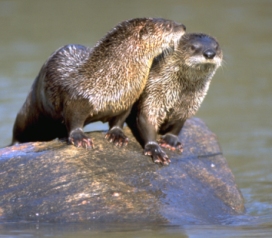 “The [Indiana] Department of Natural Resources is considering allowing a trapping season for river otters less than two decades after being reintroduced to the Hoosier landscape,” wrote John Martino, outdoors columnist for the Kokomo Tribune last week. In the article, Martino says the river otters were official declared extirpated from Indiana in 1942.
“The [Indiana] Department of Natural Resources is considering allowing a trapping season for river otters less than two decades after being reintroduced to the Hoosier landscape,” wrote John Martino, outdoors columnist for the Kokomo Tribune last week. In the article, Martino says the river otters were official declared extirpated from Indiana in 1942.
The state’s reintroduction program began in 1995 and included 303 river otters trapped in Louisiana and released in Indiana, the article says. Ten years later river otters were taken off the state endangered species list.
In 2013 the IDNR received more than 64 formal complaints about river otters eating fish from private ponds, Martino reports. The department issued 11 nuisance animal control permits in 2012, he adds. Now, he reports, the department is considering controlling the river otter population by opening a trapping season for river otter in the counties where it is most abundant.
Read the article in the Kokomo Tribune here.
Information on river otter from the Indiana Department of Natural Resources is here. It includes links to several data sets, including a mortality study.
Photo: courtesy Indiana Department of Natural Resources

 Western states are “feeling that climate change models are not a reason to list species under the Endangered Species Act,” said Bill Bates, wildlife section chief for the Utah Division of Wildlife Resources (DWR) in
Western states are “feeling that climate change models are not a reason to list species under the Endangered Species Act,” said Bill Bates, wildlife section chief for the Utah Division of Wildlife Resources (DWR) in 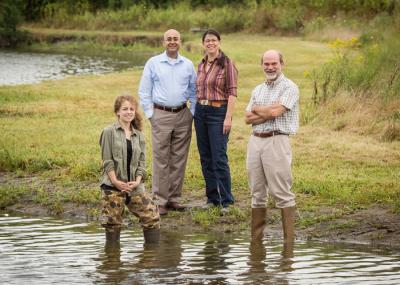 River otters have made a remarkable comeback in the last few decades, particularly in Illinois,
River otters have made a remarkable comeback in the last few decades, particularly in Illinois, 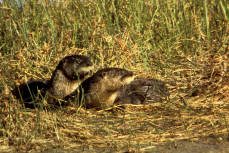 Illinois Department of Natural Resources furbearer biologist Bob Bluet told the
Illinois Department of Natural Resources furbearer biologist Bob Bluet told the 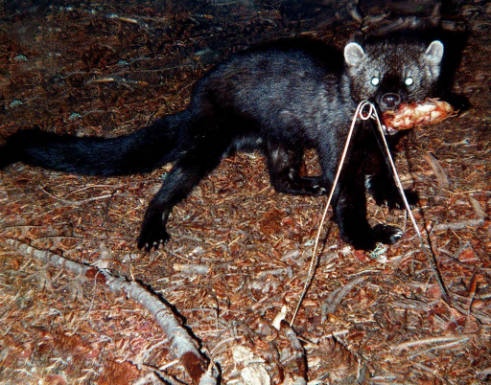
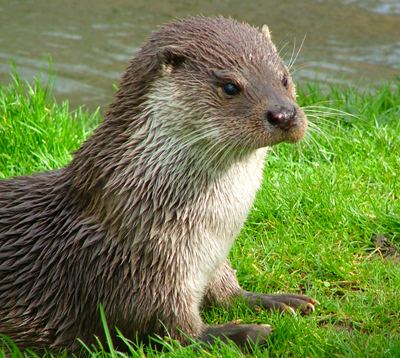 You may remember toxoplasmosis being the key factor in the deaths of sea otters a few years ago. (If not,
You may remember toxoplasmosis being the key factor in the deaths of sea otters a few years ago. (If not, 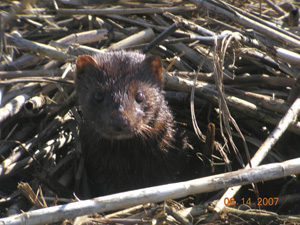 The Florida Fish and Wildlife Conservation Commission (FWC) would like to learn more about Florida’s three subspecies of mink, and it is reaching out to the public for help.
The Florida Fish and Wildlife Conservation Commission (FWC) would like to learn more about Florida’s three subspecies of mink, and it is reaching out to the public for help.